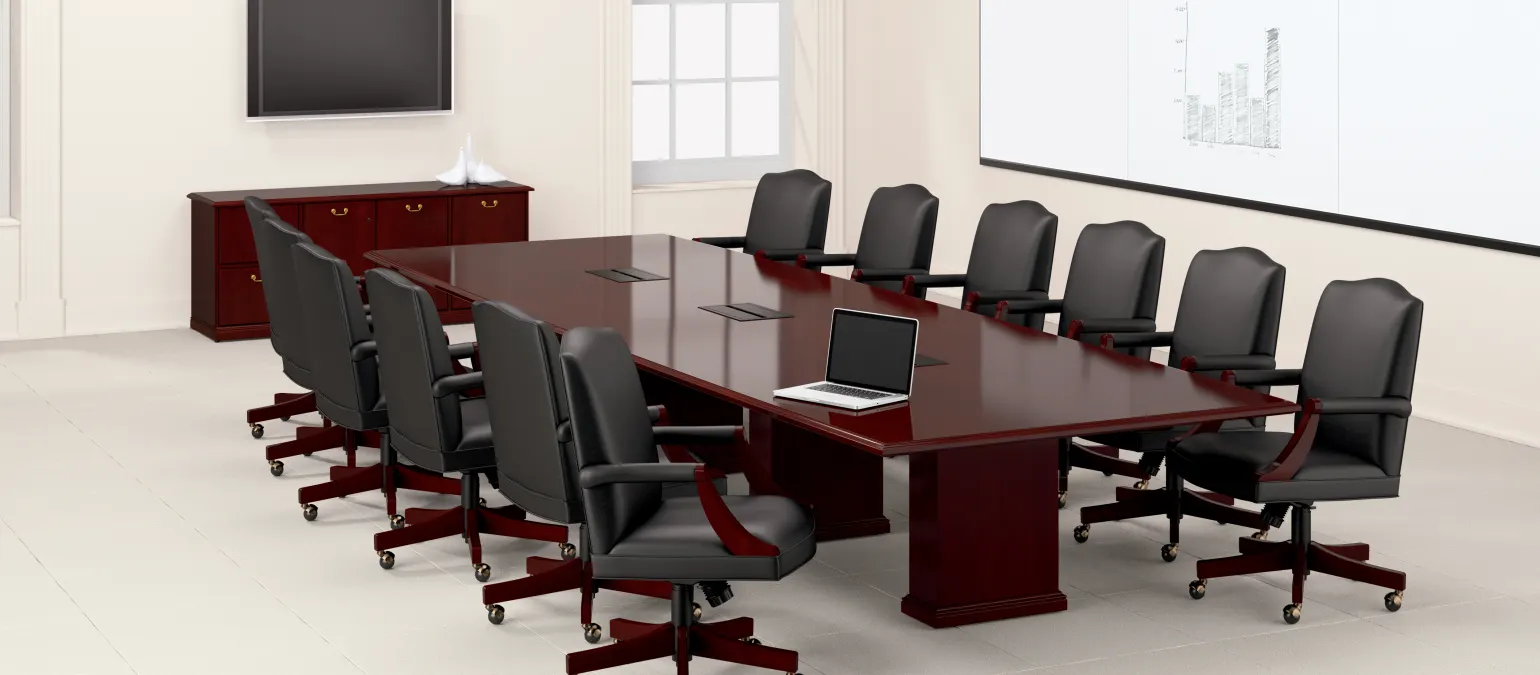NEWS
Distinguishing Epoxy Wood Tables from Traditional Wooden Conference Tables

Epoxy wood tables have emerged as captivating artistic expressions within the realm of furniture, particularly when compared to the more conventional wooden conference tables commonly found in corporate settings. Let’s delve into the distinctive attributes that set epoxy wood tables apart from traditional wooden conference tables, highlighting how each style contributes to diverse workplace environments.
Artistic Fusion and Contemporary Flair:
Epoxy Wood Tables: Epoxy wood conference tables offer a blend of artistic craftsmanship and contemporary flair. The infusion of epoxy resin not only adds a glossy, mesmerizing surface but also introduces an element of modernity that resonates with innovative workspaces.
Traditional Wooden Conference Tables: In contrast, traditional wooden conference tables exude a classic elegance and time-honored appeal. Their focus is on showcasing the natural beauty of wood and its traditional role in professional settings.
Visual Impact and Unique Designs:
Epoxy Wood Tables: Epoxy resin allows for the creation of intricate designs, vibrant color palettes, and striking patterns. This uniqueness draws attention to the table and can facilitate creativity and dynamic discussions during meetings.
Traditional Wooden Conference Tables: Traditional wooden conference tables prioritize durability and functionality. Their design tends to be more uniform and practical, catering to a professional ambiance where versatility is key.
Customization and Brand Identity:
Epoxy Wood Tables: Epoxy wood conference tables embrace customization to a significant extent. Businesses can incorporate their brand colors, logos, or even specific themes into the epoxy resin, creating a table that resonates with the company’s identity and values.
Traditional Wooden Conference Tables: Traditional wooden conference tables can be customized to a certain extent through wood species and finishes, but their adaptability might be more limited compared to epoxy wood tables.
Engaging Workspaces and Productivity:
Epoxy Wood Tables: Epoxy wood conference tables contribute to a visually stimulating workspace that can spark creativity and foster a sense of innovation among participants. The unique aesthetics can encourage out-of-the-box thinking during brainstorming sessions.
Traditional Wooden Conference Tables: Traditional wooden conference tables offer a timeless and professional backdrop for discussions. Their focus on functionality and durability aligns well with conventional office needs.
Impactful Impressions:
Epoxy Wood Tables: Epoxy wood conference tables are an immediate conversation starter. The stunning visual effects and the juxtaposition of wood and resin create a lasting impression on clients, partners, and employees, setting the tone for memorable discussions.
Traditional Wooden Conference Tables: Traditional wooden conference tables, with their refined and classic appearance, project a sense of stability and reliability. They provide a reliable foundation for crucial business negotiations and collaborative sessions.
Adaptability to Modern Spaces:
Epoxy Wood Tables: Epoxy wood conference tables adapt seamlessly to modern office aesthetics that embrace open layouts, innovative designs, and vibrant colors. They contribute to a contemporary, forward-thinking environment that aligns well with tech-driven industries.
Traditional Wooden Conference Tables: Traditional wooden conference tables maintain a level of adaptability that suits both traditional and contemporary office spaces. Their versatility allows them to blend in while providing a touch of sophistication.
Balancing Style and Substance:
Epoxy Wood Tables: Epoxy wood conference tables are a fusion of artistic expression and functional utility. They balance the need for captivating aesthetics with the practical requirements of a meeting space.
Traditional Wooden Conference Tables: Traditional wooden conference tables prioritize functionality and are designed to withstand the demands of everyday use while maintaining a dignified appearance.
Conclusion:
Epoxy wood conference tables and traditional wooden conference tables cater to different workplace aesthetics and priorities. Epoxy wood tables infuse meetings with a touch of modern artistry, encouraging engagement and innovative thinking. Traditional wooden conference tables offer a classic and practical setting for professional discussions. The choice between the two styles ultimately depends on the organization’s values, design preferences, and desired atmosphere for collaborative endeavors.
Kenneth is a proud native of sydney, born and raised there. However, he pursued his education abroad and studied in Australia. Kenneth has worked as a journalist for almost a decade, making valuable contributions to prominent publications such as Yahoo News and The Verge. Currently, he serves as a journalist for The Hear Up, where he focuses on covering climate and science news. You can reach Kenneth at [email protected].










